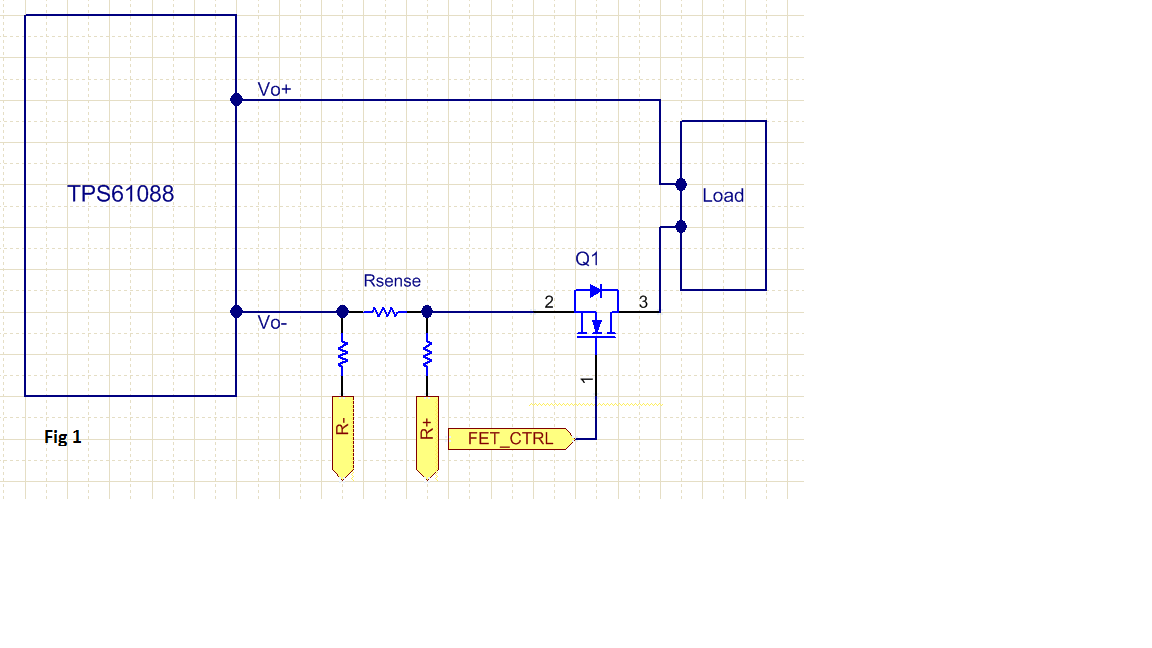Hi Everyone,
Our customer is looking for boost converter with true disconnection between Vin and Vout that can meet following requirement.
- Vin = 2.8V to 4.2V
- Vout = 10V
- Iout = 0.3A
I found that TPS61088 is synchronous boost converter so it looks nice but I believe that it can not disconnect between Vin and Vout...
Please let me know if you have good solution to meet this requirement.
Best Regards,
Sonoki


